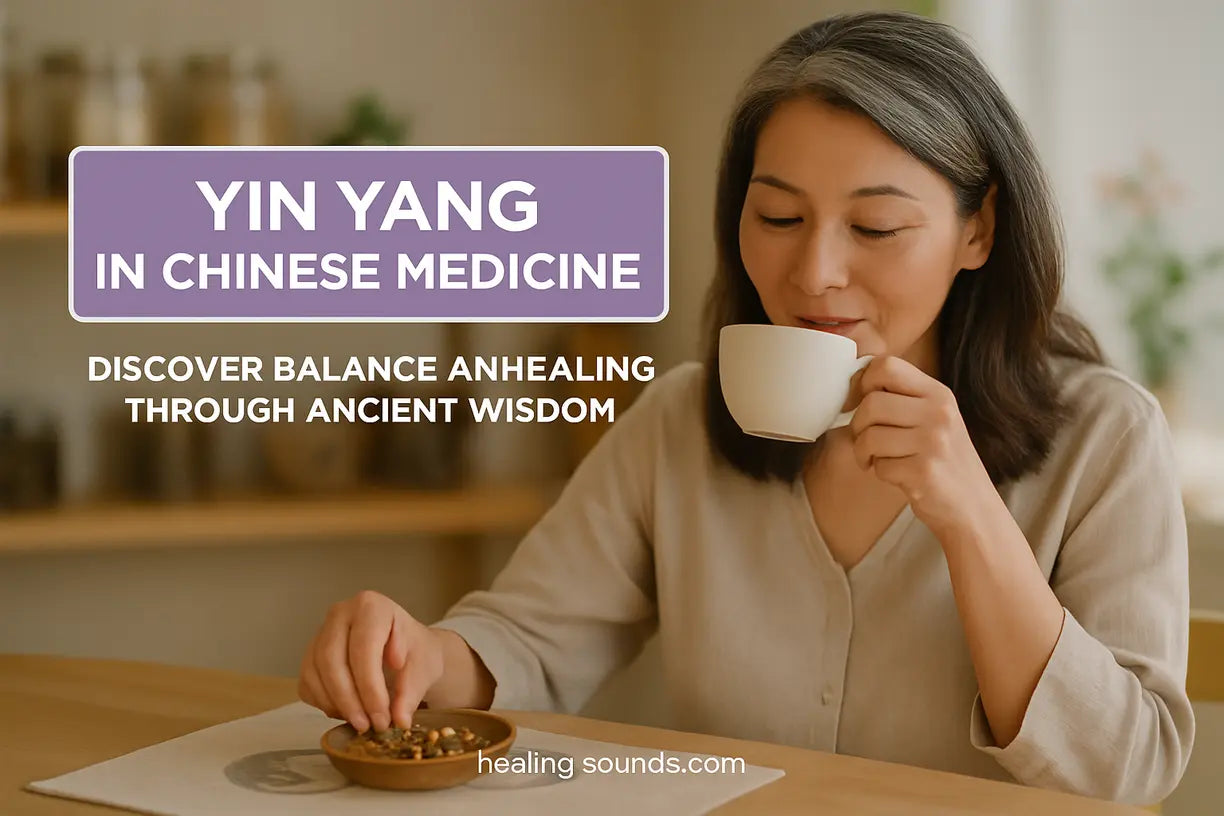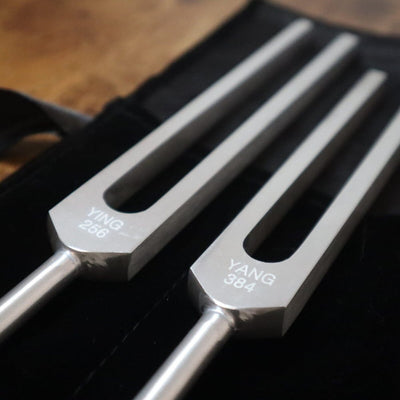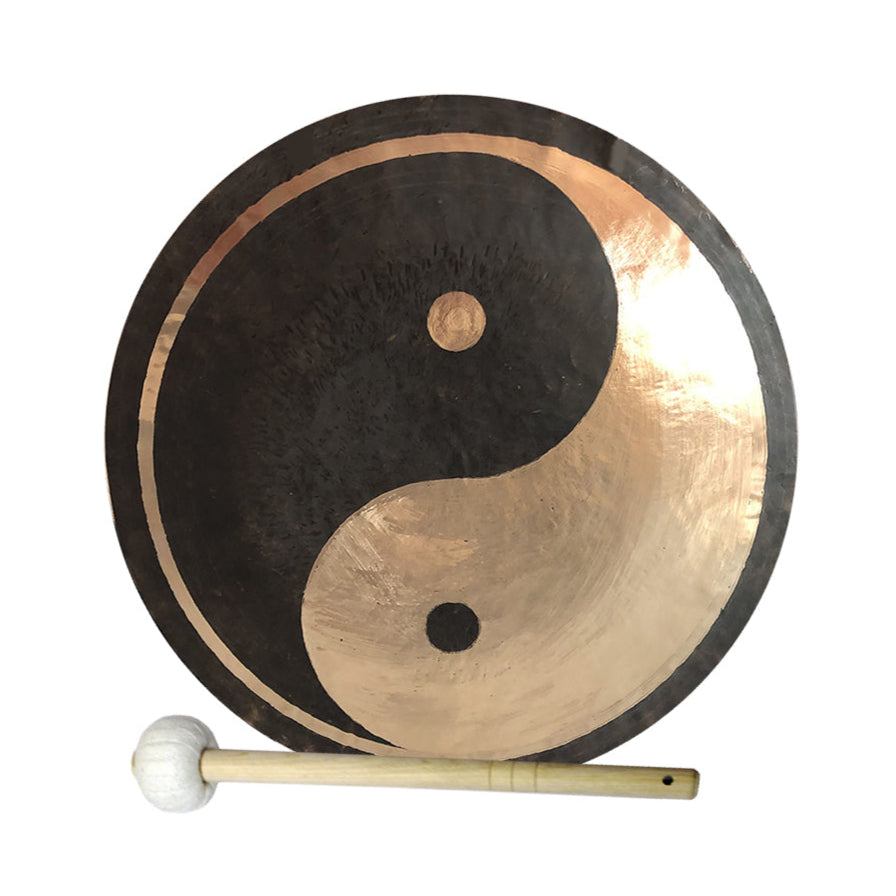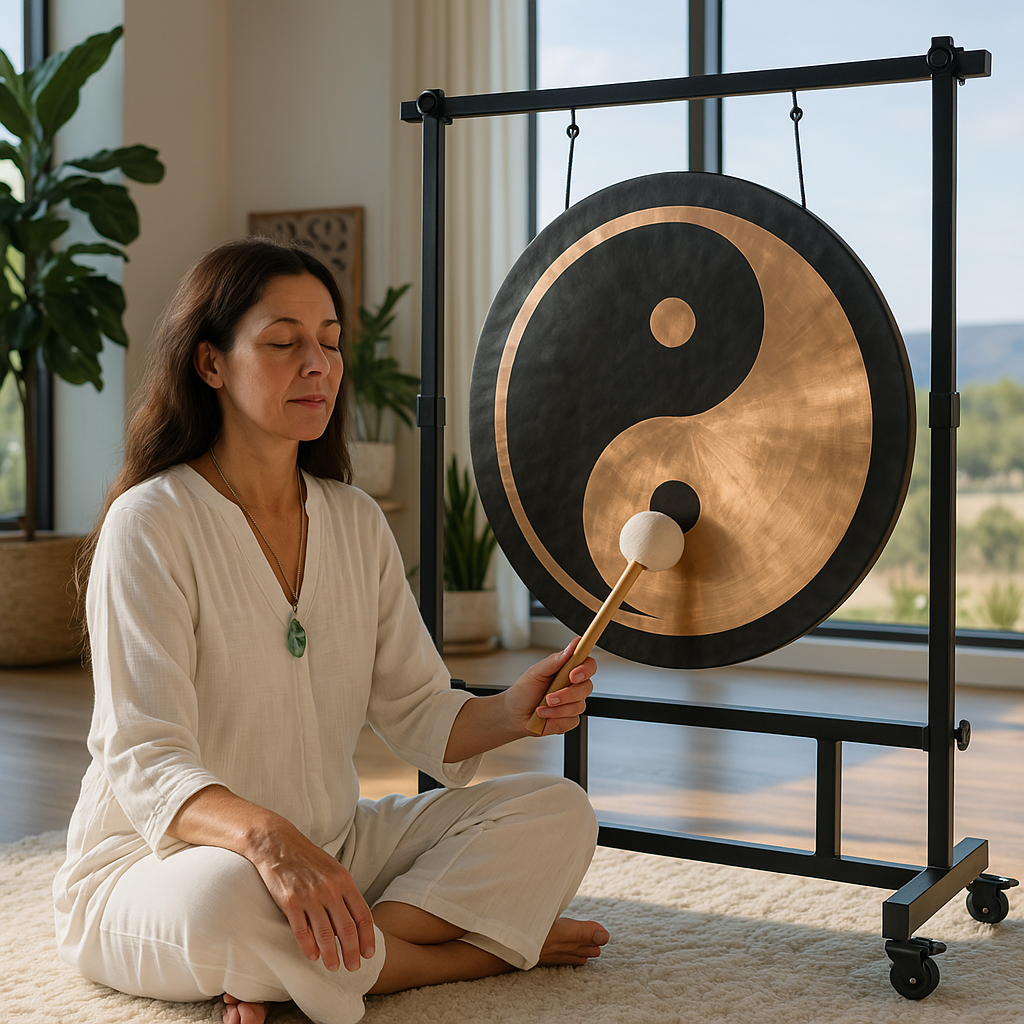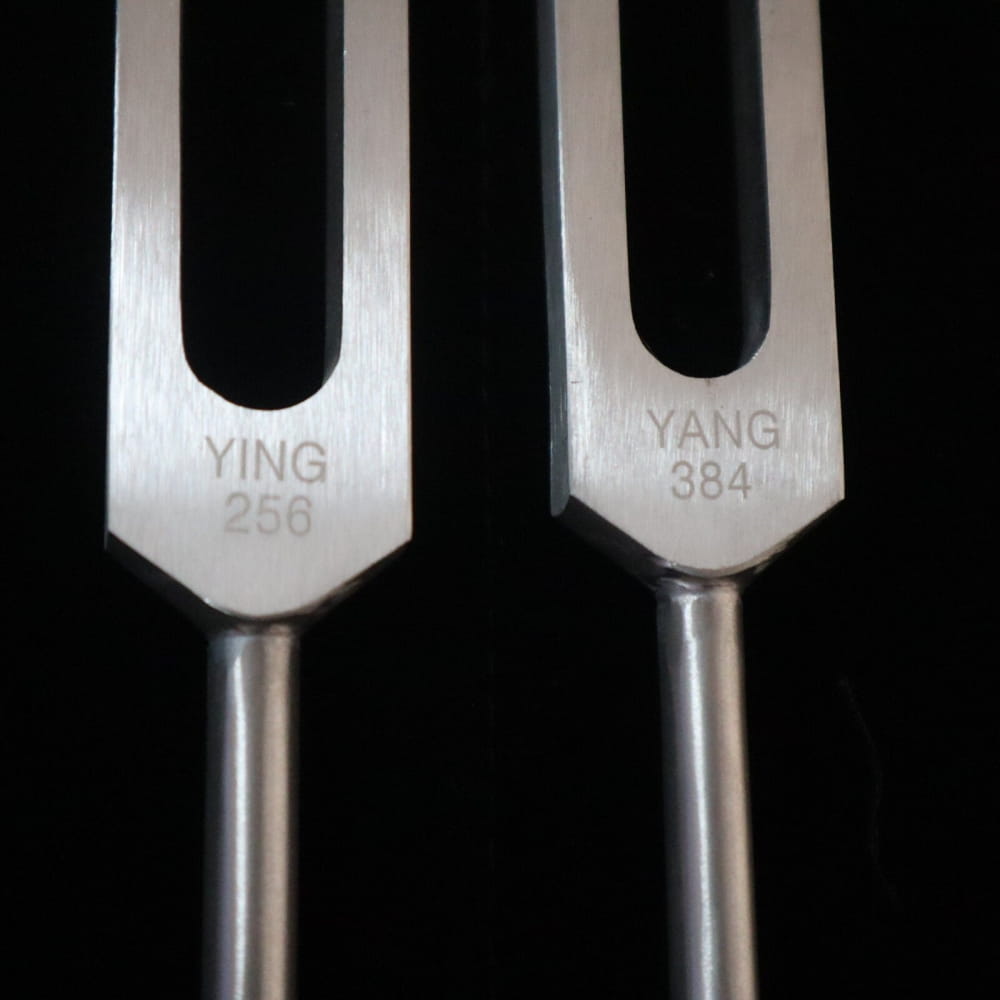- Yin: Represents the energy that is responsible for rest, coolness, and nourishment. Its qualities are often described as passive, dark, feminine, downward-moving, and inward. It's associated with the night, water, and stillness.
- Yang: Represents the energy of action, creation, and heat. Its qualities are active, light, masculine, upward-moving, and outward. It's associated with the day, fire, and activity.
- Excess of Yin: Leads to an accumulation of fluids and a feeling of coldness and lethargy.
- Excess of Yang: Creates symptoms of heat, inflammation, and hyperactivity.
- Deficiency of Yin: Results in "empty heat," causing symptoms like night sweats, anxiety, and dryness.
- Deficiency of Yang: Leads to a lack of warmth and energy, causing fatigue, cold limbs, and poor digestion.
 ## Yin and Yang Organs: The Body's Energetic BlueprintTCM provides a fascinating blueprint of the body by classifying the major organs into Yin (Zang) and Yang (Fu) pairs. Each pair works together, with the Yin organ storing vital substances and the Yang organ transforming and transporting them.
## Yin and Yang Organs: The Body's Energetic BlueprintTCM provides a fascinating blueprint of the body by classifying the major organs into Yin (Zang) and Yang (Fu) pairs. Each pair works together, with the Yin organ storing vital substances and the Yang organ transforming and transporting them.The Zang-Fu Organ Pairs:
- Heart (Yin) & Small Intestine (Yang): The Heart governs the mind and spirit, while the Small Intestine separates pure from impure fluids.
- Lungs (Yin) & Large Intestine (Yang): The Lungs manage respiration and Qi, while the Large Intestine handles waste elimination.
- Spleen (Yin) & Stomach (Yang): The Spleen transforms food into Qi and blood, working with the Stomach which receives and breaks down food.
- Liver (Yin) & Gall Bladder (Yang): The Liver ensures the smooth flow of Qi and stores blood, while the Gall Bladder stores and excretes bile.
- Kidneys (Yin) & Bladder (Yang): The Kidneys store our core essence (Jing) and govern birth and reproduction, paired with the Bladder which stores and expels urine.
 Restoring this delicate equilibrium is the ultimate goal. Practices like sound healing can be a powerful way to influence your body's energetic state. The resonant frequencies of a gong can help calm an overactive system or invigorate a depleted one, promoting a return to harmony.
Restoring this delicate equilibrium is the ultimate goal. Practices like sound healing can be a powerful way to influence your body's energetic state. The resonant frequencies of a gong can help calm an overactive system or invigorate a depleted one, promoting a return to harmony.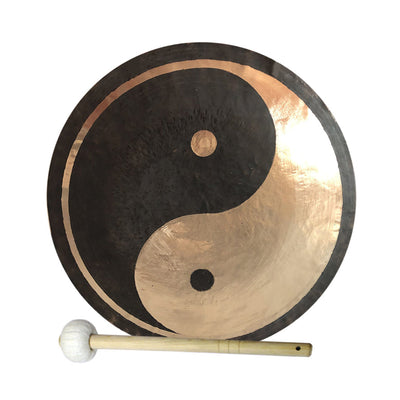
12 to 48 Inch Yin Yang Gong for Sound Bath Practices
$369.99 $479.99
Experience yin yang harmony with this Chinese meditation gong, perfect for bringing balance to your sound healing sessions.
Explore ProductDiagnosis
A TCM practitioner uses four key diagnostic methods to assess a patient's Yin-Yang balance:- Looking: Observing the patient's complexion, tongue (color, shape, coating), and overall vitality.
- Listening/Smelling: Paying attention to the sound of the voice and breath, and noting any body odors.
- Asking: Inquiring about symptoms, medical history, lifestyle, diet, and emotional state.
- Touching: Palpating the body and, most importantly, feeling the pulse at the wrist to assess the state of the internal organs.
Treatment Modalities
Once an imbalance is identified, various treatments are used to restore harmony.- Acupuncture and Acupressure: Specific yin yang acupuncture points along the body's meridians are stimulated with needles or pressure to unblock Qi stagnation and redirect energy, either tonifying a deficiency or dispersing an excess.
- Herbal Medicine: Herbs are prescribed based on their energetic properties (warming/Yang or cooling/Yin) and their ability to target specific organs to correct underlying imbalances.
- Dietary Therapy: Food is medicine in TCM. Patients are often advised to eat more warming, Yang foods (like ginger, cinnamon, lamb) for a Yang deficiency, or more cooling, Yin foods (like cucumber, watermelon, tofu) for a Yin deficiency.
- Tui Na Massage & Mind-Body Practices: Therapeutic massage, along with practices like Tai Chi and Qigong, helps to promote the smooth flow of Qi and harmonize Yin and Yang.
 Integrating these principles into your own life can start with small, mindful practices. Using tools designed for energetic balance can support your journey toward greater well-being.
Integrating these principles into your own life can start with small, mindful practices. Using tools designed for energetic balance can support your journey toward greater well-being.Tools for Your Personal Harmony Practice
Balance yin yang energy in your healing rituals with precision-tuned tuning forks for deep biofield and cellular harmony. Learn more ➔
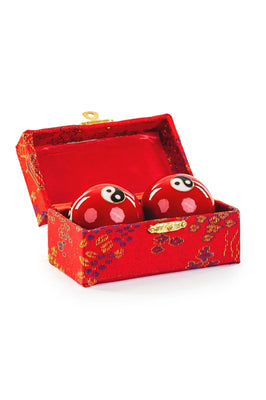
Yin Yang Chime Balls for Relaxation and Mindfulness
$29.99
$39.99
Cultivate mindfulness and balance with yin yang chime balls—ideal for meditation and restoring harmony to mind and body. Learn more ➔
Conclusion: Embrace the Dance of Balance
The Yin-Yang theory offers more than just a medical framework; it provides a profound philosophy for living. By understanding the principles of yin yang in Chinese medicine, you gain a powerful lens through which to view your health, your lifestyle, and the world around you. It teaches us that true wellness isn't about eliminating one thing in favor of another, but about fostering a dynamic and harmonious dance between opposing forces.This journey of balance is personal and ever-evolving. By listening to your body, recognizing the signs of disharmony, and embracing practices that restore equilibrium, you can take an active role in your own healing. Whether through diet, mindfulness, or the resonant power of sound therapy, the path to balance is waiting.Frequently Asked Questions about Yin Yang in Chinese Medicine
In Chinese medicine, Yin and Yang represent two opposing yet complementary forces that govern the entire universe, including the human body. Yin is associated with coolness, rest, and substance, while Yang is associated with heat, activity, and function. Health is seen as a dynamic balance between these two energies, and illness is considered a result of their imbalance.
Symptoms of Yang deficiency arise from a lack of warmth and energy in the body. Common signs include feeling cold (especially in the limbs), persistent fatigue, a pale complexion, lower back pain or weakness, slow digestion, and a decreased libido. These symptoms indicate that the body's metabolic "fire" is burning low.
The Yin-Yang theory is a foundational tool in Traditional Chinese Medicine used for several purposes. It's good for diagnosing the root cause of illness by identifying energetic imbalances, guiding treatment strategies like acupuncture and herbal medicine, and providing a holistic framework for maintaining health through diet, exercise, and lifestyle choices that promote balance.
In TCM, organs are paired. Yin (Zang) organs are solid and store vital substances; they include the Heart, Lungs, Spleen, Liver, and Kidneys. Yang (Fu) organs are hollow and are responsible for transformation and transportation; they include the Small Intestine, Large Intestine, Stomach, Gall Bladder, and Bladder. Each Yin organ is paired with a Yang organ.
The Yin-Yang theory states that health exists when Yin and Yang are in dynamic equilibrium within the body, allowing for the smooth flow of Qi (life force). Illness occurs when there is an imbalance—either an excess or deficiency of one energy relative to the other. TCM treatments aim to correct this specific imbalance to restore the body to a state of health.

